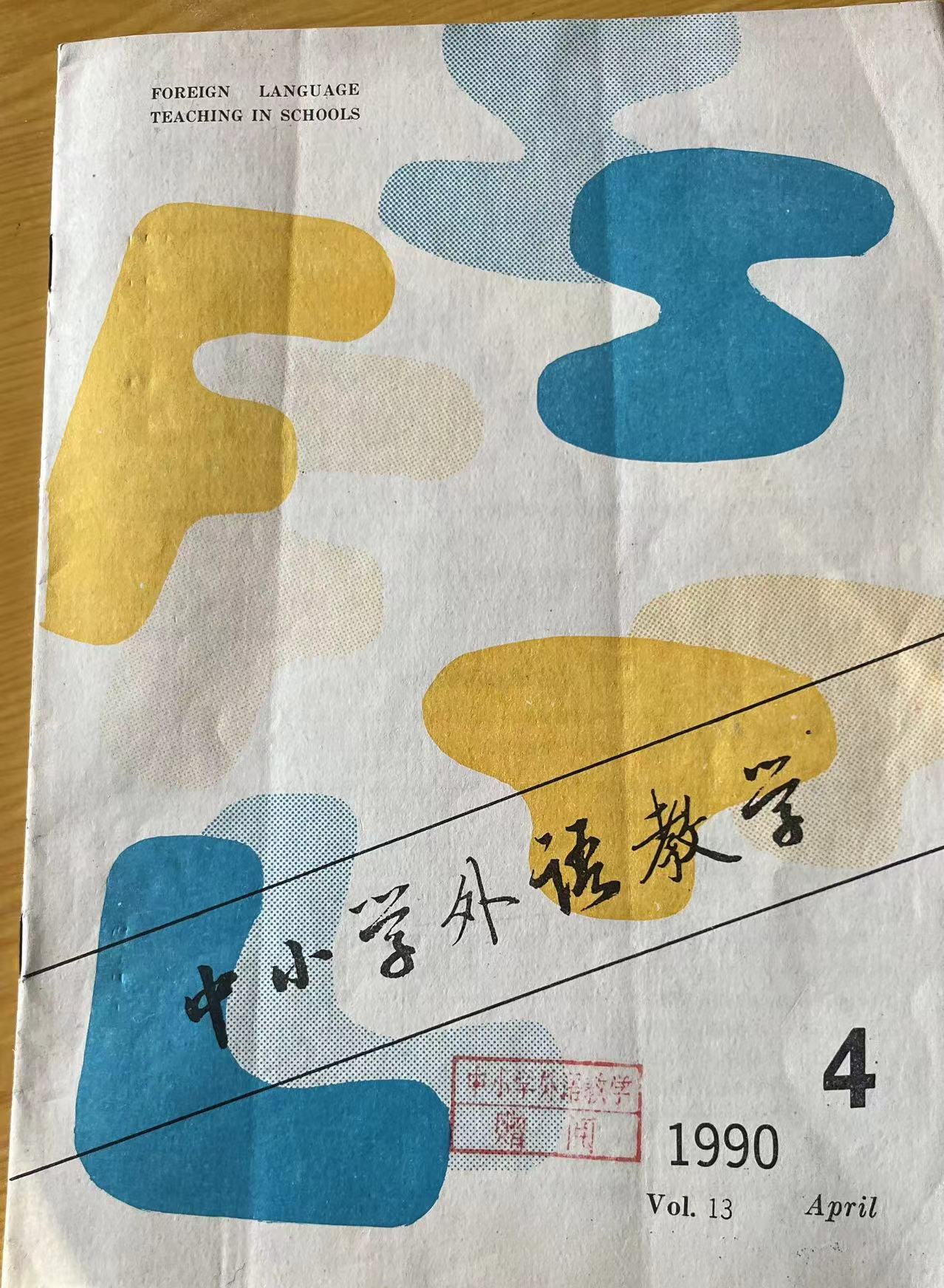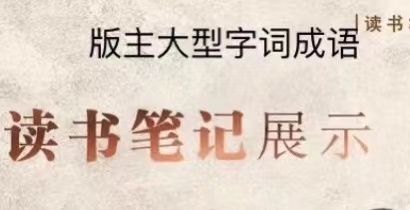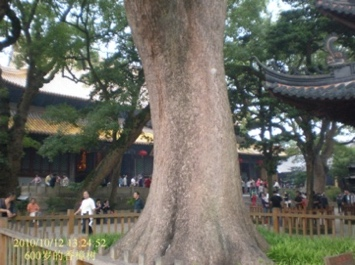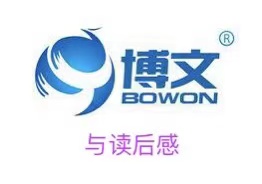Very 和much
郑集中学 宋德富
very和much均可作副词用,前者修饰形容训,副词,后者修饰动词;在遇到形容词和副词的比较级时却只能用much而不用very修饰。对于这两点,人们的看法是一致的。
有—点却比较田难,那就是究觉用very还是用much来修饰过去分词。下面这道单项填空题摘自武汉工业大学出版社新近出版的《高考英语MET试题及题解》(P52):
I am ______ interested in stamp collecting.
A.very B,for C.much D.few
英国语言学家P.S. Tregidgo在他的Practical English Usage for Overseas Students 一书中讲了为什么很多人拿不准究竟用very还是用much修饰过去分词的原因,还提出了解决这一难题的基本原则。他说,One difficulty is what to do with participles like“pleased”,“interested”,“needed”. The point is that past participles arc partly verbs and partly adjectives. If you use it mainly as adjective.It takes“very”.不过他接着指出在很多具体场合,许多语法学家也会有不同意见。他没有详细讨论这个问题,而是提出了一种趋势,…but it is worth noting that many common past participles likc“pleased”.“interested”.“disappointed’,“impressed”,etc.tend more and more in modern English to bc used as pure adjectives,so“very”is preferred.在这里提出的一些常用的过去分词可以看作是纯粹形容词的观点已被越来越多的人们所接受。正因为如此,笔者认为本文前面提到的那道单项填空题的最佳答案不是C.much(这是试题设计者提供的)而是A. very。

北京师范大学《中小学外语教学》1990 4 Vol 13 April
中小学外语教学4/1990









